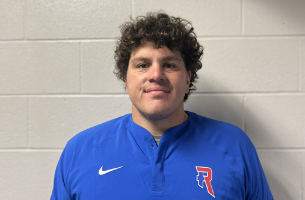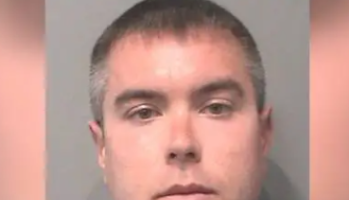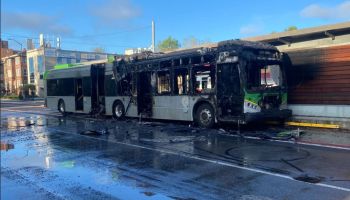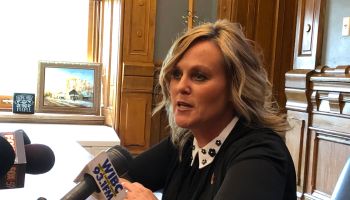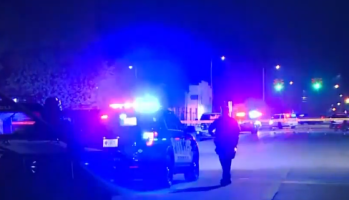INDIANAPOLIS (WISH) — No one was really prepared for what the pandemic would bring to Indiana but it did bring more than $2 billion in emergency funding.
Much of the money was a lifeline. The $2 billion paid for much-needed personal protection equipment, cleaning supplies, medical equipment and more.
I-Team 8 in December asked how the money was spent, and here’s what News 8 learned.
Every town in Indiana was given an allotment of the money from the Coronavirus Aid, Relief, and Economic Security Act, also known as the CARES Act, based upon population. For example, Carmel city government received more than $3 million while the Greenwood city government’s share was $1,9 million.
According to spending rules set by the U.S. Treasury Department, the money had to be spent on items that were not already in a city, town or county budget. By July, $1.1 billion had been spent on medical needs, and unforeseen payroll and compliance expenses; that included money for temporary clinics and hospitals.
Greg York, the mayor of New Castle, said the city used about half of the city’s allotment to refurbish a city-owned building into a multipurpose COVID building. “For example, we use this facility right here for an education center for EMS (emergency medical services), but we can push all these desks back and get over 200 cots in here if there is a snowstorm, if there is an ice storm, and this would be our temporary warming center.”
New Castle’s building also has several rooms specifically built to quarantine police, fire and EMS employees. “All of these rooms were for individuals that we could isolate if there was anyone that tested positive for COVID that needed to be quarantined for 14 days. We used it once and the majority of our people out of the 35 wanted to stay at home.”
CARES Act spending rules at the time did not allow for permanent buildings or real estate. New Castle used a matching grant from the Federal Emergency Management Agency and the labor of city employees to finish the project. To power the building, the city wanted to buy an $85,000 generator; that request was initially denied, but officials found the money in their budget. However, they have resubmitted that request for a generator to the state.
York said, “If it was a tent city, they would have sent the money for us to rent a generator for six months, for eight months, for a year, and then send that generator back, you know, just for that short, temporary time, so I’m looking for the long haul, the long-term plan. Why would you go out and rent something? Waste of money.”
The documents shared with News 8 include more than 2,000 pages of invoices from all over the state for expenses that had been paid by the end of February:
- $5,682,600.50 on public health.
- $1,745,238.35 for medical expenses.
- $6,895,245.14 for compliance to the governor’s emergency health order.
Those are just the beginning.
The money is being handed out through a little-known state agency, the Indiana Finance Authority. Its office is across the street from the Statehouse at 1 North Capital. The accounting of all the money is done by the Indiana State Board of Accounts; Paul Joyce is the state examiner. His job is to make sure the money was spent according to the rules, although the rules have changed several times since the money was released.
“There was more confusion than there is today and, honestly, the feds helped add to that confusion because they changed the rules often,” Joyce said.
On Sept. 2, the Treasury Department changed its rules of reimbursement to allow public safety salaries to be reimbursed with CARES Act money. Cites and towns used the change in the rules to claim the balance of their allotment. The changed rule blew the lid off spending caps. In a matter of weeks close to $200 million of public safety salaries were submitted to the state for reimbursement. At the end of February, $282 million of what the state classifies as “unforeseen payroll expenses” have been reimbursed.
News 8 asked Joyce from the State Board of Account what he expects to find when all the accounting is done. Will every dollar will be accounted for? “I think it will be accounted for, but, do I believe that fraud existed within? Fraud always exists with any kind of program. Most of the time they will estimate that it is up and around 5% of fraud is fraud, so now will we be able to identify that? I don’t think so,” Joyce said.
In examining the documents, News 8 also found where some towns have submitted very few expenses while others have claimed every cent.








